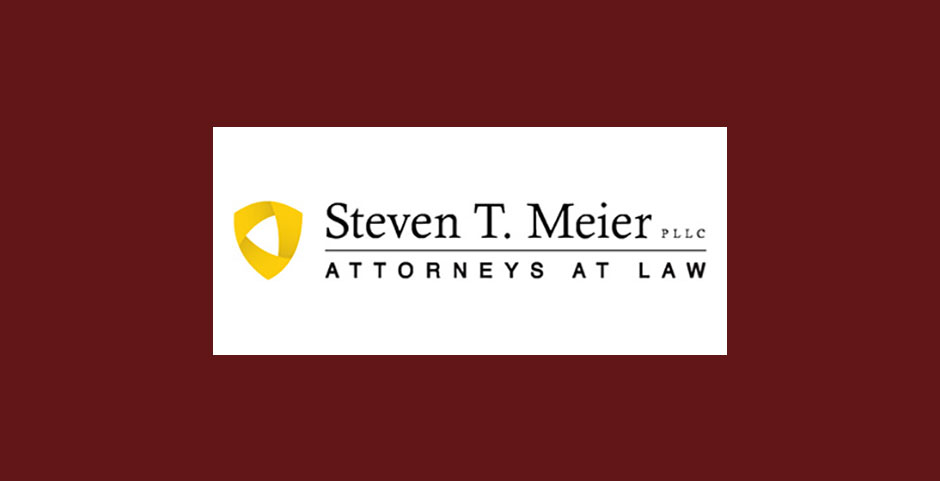What Is a Rico Violation?

RICO stands for the Racketeer Influenced and Corrupt Organization Act that Congress passed in 1970 to attempt to curtail Mafia organized crime. This statute, however, is also used to prosecute people who the government believes are doing one or more of the following:
- Laundering money
- Counterfeiting money or goods
- Embezzling funds
- Engaging in mail fraud
- Making bribes
- Engaging in racketeering
The five elements that prosecutors must prove
In order to convict you of whichever RICO crime(s) the government charged you with committing, the prosecutor must prove the following five things beyond a reasonable doubt:
- An enterprise existed.
- The enterprise engaged in activities affecting interstate commerce.
- The enterprise employed you or you were associated with it in some way.
- You engaged in a racketeering pattern.
- The enterprise and you committed at least two racketeering activities.
The enterprise
Under the RICO statute, an “enterprise” can be a corporation, a partnership, an association or an individual. Any formal legal entity qualifies as an enterprise. In addition, an enterprise can be an informal group of people who somehow associate with each other.
The racketeering pattern
A RICO pattern consists of two or more racketeering activities (“predicates”) that are similar to each other in type, methodology or result done within a decade of each other. The pattern also must be one that poses a threat of continuation in the future.
Facing RICO charges is a very serious matter. If convicted, you could face up to 20 years in prison for each RICO crime. In addition, you could face a fine of up to $250,000 or twice the amount of the proceeds you and the enterprise received. It is in your best interests to mount the best possible defense.
Request Your Free Consultation
"*" indicates required fields


